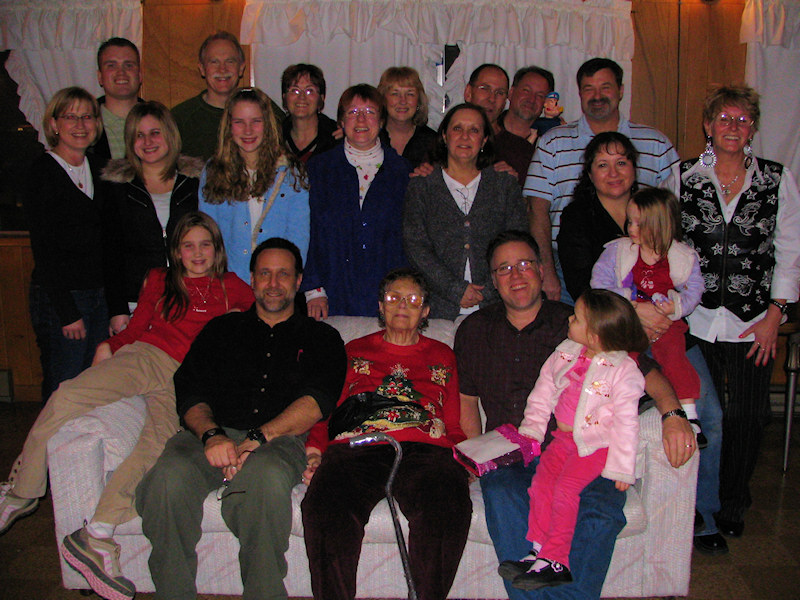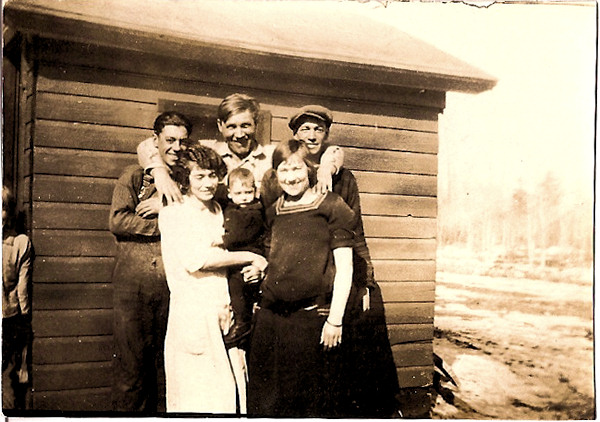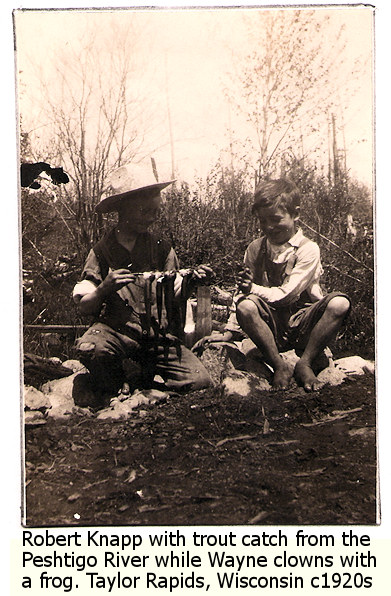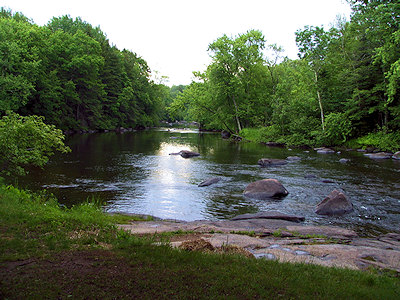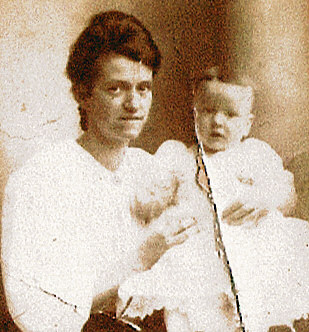In my research, I found a copy of a July 1972 article in the Milwaukee Journal called “They Wanted to Get here in the Worst Way – and Did” by Brian Dunning. I thought it might help me understand what it was like for my ancestors who arrived in the 1800s to the United States.
Things were not so easy a century or more ago. Migration through Liverpool was a special form of hell, tolerable only because of the better life to come. The miracle is that so many went ahead instead of turning back.
The migrants were generally illiterate, had never traveled before and were most gullible – and Liverpool took them for all they had.
…Crooked travel agents in Liverpool sold tickets or the journey beyond New York “at special bargain rates.” When the migrant got there he found that the tickets were phony.
…Migrants to Wisconsin were often routed via St. Louis – at twice the normal fare.
…most migrants had to travel cheap, in rotten boats manned by brutal crews, with food unfit for hogs and the strong likelihood that none of them would live to see the promised land.
The average ship out of Liverpool weighted a thousand tons, carried 750 passengers and took 35 days for the 2,900 mile crossing. When the migrant bought his ticket he imagined he had bought a berth, but all he got was a quarter – a fourth part of a berth six feet square.
…Between 1847 and 1853 – the busiest years for Liverpool emigration – 59 ships were lost at sea with 18,000 passengers. When vessels foundered in mid-Atlantic, rescue rarely came.
Before the Civil War, most migrants headed for New York. But thousands headed for Wisconsin. The English, Irish, Scots and Welsh usually made their way first to Canada because the British government insured slightly cheaper passengers than the New York route…from Canada these British migrants drifted through the Great Lakes and disembarked on the Wisconsin shoreline. For them, New York and the East was unknown territory; they never saw it on the way over and rarely experienced the grim conditions of the New York route.
…But Scandinavian settlers had a tougher experience. They were not eligible for government help in Canada and therefore took the New York route, with all the hazards it involved. Speaking little English, they were fleeced first at Hull, when they reached England, then at Liverpool – and finally picked clean in New York.
But the urge to reach Wisconsin never flagged. In the summer of 1855, the stated destination for nearly 5,000 migrants passing through Liverpool was Wisconsin – second only to New York. For Minnesota, the figure was 127, and for distant Oregon, one.
For my Norwegian Anderson family, the passage from their home to New York or elsewhere was a rocky one, with people out to pick them clean at every turn. Yet, as the article states, their determination to cross the ocean to a foreign land was strong and they kept on going.
The question I’m still puzzling over is why Wisconsin. Was there a campaign to encourage settlement? Were there stories of cheap land? Did their churches reach out with an invitation or was it the thrill and risk of the wilderness? Were conditions back home so horrible and pitiful that risking their lives in a new land was better than coping with what they lived with daily? Or were the ones who arrived earlier and settled there calling back home begging family and neighbors to leave their own homes to come to this strange new wilderness?
From Wisconsin, many Norwegians and others traveled on within a few years to the newly formed Dakotas, but many returned to Wisconsin, often broke and broken. Why? I’m still seeking answers.
In another article I found from “The Ensign” in July of 1991, “Sail to Zion”, it tells me a little more about the struggles of the immigrants crossing the Atlantic, and their determination to survive. The story highlights specific voyages made by members of the Latter-Day Saints to America:
..during the crossing, measles, chicken pox, and other ailments claimed 48 lives (43 of the children), or 11 percent of the company. Mortality was especially high among children.
In Liverpool, the Merseyside Maritime Museum has a mock-up of steerage quarters. It is a confined area with tiered bunks ranged along each side. A ladder or steep stairs provided the only exit, and during storms, the quarters were “hatched down” to prevent water from flooding the hold. The only light came from a few lamps hanging in strategic locations and shedding a dim yellow glow. The only sanitary facilities were buckets or chamber pots. Some later packets had water closets build on the main deck, but during severe storms – sometimes lasting for days – steerage passengers were hatched down and could not get to the deck. It is easy to imagine the resulting chaos and stench.
…Overcrowding compounded the misery of seasickness, dysentery, cholera, and other diseases. Many emigrant companies exceeded five hundred passengers. Between decks, these men, women, and children huddled together in a heaving, rocking craft, suffering in body and spirit. Even under the best conditions and disciplines, the situation created a fertile environment for the spread of disease.
Living in Israel for five years, a new immigrant rich country, I caught some glimpses of what it must have been like for the newly arrived immigrants in American and Canada, struggling to survive and care for their families while coping with a language and customs they are completely unfamiliar with. But the horrors of the immigration route amazes me.
People all over the world continue to face horrific terrors, victimization, and rigors to escape their native lands to get anywhere. They wanted to get here, anywhere away from there, in the worst way, and they did, and they still do today.
Most Recent Articles by Lorelle VanFossen
- The Myths and Mysteries and Hunt for Nicholas Knapp
- The Perpetual Calendar
- GenSmarts: Reminder to Not Assume
- Gensmarts Saves Your Family History Research Life
- Digging Through Historical Newspapers Online

